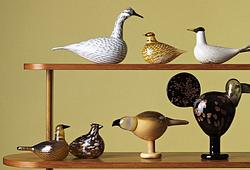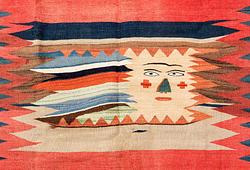Anders Zorn
Spanish beauty in black mantilla
Twice signed and dated Zorn -82. Watercolour 30 x 23 cm.
Provenance
Originally in the collections of Edvard Casparsson (as a gift directly from the artist); the collections of Managing Director Axel Jacobsen; Svensk-Franska Konstgalleriet, Stockholm, "IV:de konstauktion. Jean Jahnssons samlingar av porslin, glas och miniatyrer samt målningar och skulpturer från skilda samlingar", March 14-16, 1934, lot 143; Mrs. Björkman, Örebro, Sweden (acquired at the above sale); Auction House G. Jahnsson, March 1954; Bukowski Auktioner AB, Stockholm, Sale 423, "Höstauktionen", November 1-4, 1983, lot 408; Bukowski Auktioner AB, Stockholm, Sale 477, "Internationella Vinterauktionen", December 12-13, 1990, lot 112; Bukowski Auktioner AB, Stockholm, Sale 510, "Internationella Höstauktionen", November 25-27, 1998, lot 256; Bukowski Auktioner AB, Stockholm, Sale 514, "Internationella Höstauktionen", November 24-26, 1999, lot 219; Åmells konsthandel, Stockholm; Stockholms Auktionsverk, "Stora Kvalitén", December 5, 2002, lot 1673 (under the title "Spanjorska"); the collections of Sven and Maudie Olerud.
Literature
Tor Hedberg, "Anders Zorn. Ungdomstiden. 1860-1893", SAK, 1923, illustrated p. 50, Bild 40; Nils Lago-Lengquist, 'En konstälskares hem i Djursholm', article in "Svenska hem i ord och bilder", 1930, probably identical to "Dam i svart mantilla" (Lady in black mantilla), mentioned p. 55.
More information
.
Artist
Anders Zorn, born in Mora in 1860, showed artistic talent from a young age. In 1875, he traveled to Stockholm and became a student at the then Slöjdskolan (now Tekniska högskolan) in Stockholm, and shortly after, he joined the Royal Academy of Fine Arts. Initially, Zorn had aspirations of becoming a sculptor, but soon watercolor painting took over, becoming his primary medium until 1887. At the student exhibition in 1880, Zorn had his breakthrough with the watercolor painting "I sorg." The following year, he gained international acclaim as a portrait painter. His watercolor painting reached its pinnacle during this period, and his most famous work from this time is "Vårt dagliga bröd” from 1886. Shortly thereafter, Zorn transitioned to oil painting, which was met with immediate success. Zorn's reputation mainly rested on his portrait art, and he portrayed many notable figures, including presidents. For instance, he created an etching of Theodore Roosevelt. His etchings significantly contributed to his success. In the late 1880s, Zorn began working in the genre that would increasingly become his trademark: nude figures in outdoor settings. He had long been fascinated by the movement of water and the reflections of light on its surface. Now, he added the complexity of placing a model near or in the water, aiming to depict a synthesis between nature and humanity. In 1896, Zorn and his wife moved back to Sweden and settled in Zorngården in Mora. This move sparked a renewed interest in his homeland, which would be reflected in his future paintings. Among the artist's scenes from the Mora region, portraying its local customs and ancient traditions, "Midsommardansen" holds the highest value according to Zorn himself. Today, the painting can be found at the National Museum.
Read more





































